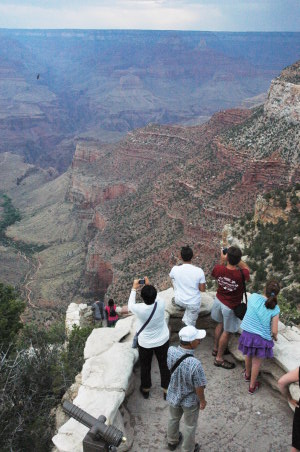Sierra Nevada signs deal with Japan
The competition heats up: Japan has signed a development agreement with Sierra Nevada in connection with its Dream Chaser manned spacecraft.
I was also tempted to preface this post with the phrase, “Who needs NASA?” Sierra Nevada has a viable product that can get humans into space cheaply. Several countries, Germany, now Japan, want to get their own citizens into space, and have realized what a bargain Dream Chaser is. Sierra Nevada is taking advantage of this demand to sell its product worldwide. If Congress decides to defund them, or NASA decides not to pick them to continue development, they very clearly intend to build the ship anyway. It just won’t be used to put American astronauts into space.
The competition heats up: Japan has signed a development agreement with Sierra Nevada in connection with its Dream Chaser manned spacecraft.
I was also tempted to preface this post with the phrase, “Who needs NASA?” Sierra Nevada has a viable product that can get humans into space cheaply. Several countries, Germany, now Japan, want to get their own citizens into space, and have realized what a bargain Dream Chaser is. Sierra Nevada is taking advantage of this demand to sell its product worldwide. If Congress decides to defund them, or NASA decides not to pick them to continue development, they very clearly intend to build the ship anyway. It just won’t be used to put American astronauts into space.





